Description
Still Life; Herrings by Albert Anker printed on a T-Shirt
About the T-Shirt
Regular fit
Standard length, the fabric easily gives into movement
Casual wear
A classic, everyday option loved by our customers
Side-seamed
Constructed by sewing two parts together, creating a fitted look
The Unisex Staple T-Shirt feels soft and light with just the right amount of stretch. It’s comfortable and flattering for all. We can’t compliment this shirt enough–it’s one of our crowd favorites, and it’s sure to be your next favorite too!
- Solid colors are 100% Airlume combed and ring-spun cotton
- Ash color is 99% combed and ring-spun cotton, 1% polyester
- Heather colors are 52% combed and ring-spun cotton, 48% polyester
- Athletic and Black Heather are 90% combed and ring-spun cotton, 10% polyester
- Heather Prism colors are 99% combed and ring-spun cotton, 1% polyester
- Fabric weight: 4.2 oz./yd.² (142 g/m²)
- Pre-shrunk fabric
- 30 singles
- Side-seamed construction
- Tear-away label
- Shoulder-to-shoulder taping
- Blank product sourced from Nicaragua, Mexico, Honduras, or the US
Albert Anker (1831 – 1910)
Albrecht Samuel Anker was a Swiss painter and illustrator who has been called the “national painter” of Switzerland because of his enduringly popular depictions of 19th-century Swiss village life.
Born in Ins as the son of veterinarian Samuel Anker, Anker attended school in Neuchâtel, where he and Auguste Bachelin, later a fellow artist, took early drawing lessons with Louis Wallinger in 1845–48. In 1849–51, he attended the Gymnasium Kirchenfeld [de] in Bern, graduating with the Matura. Afterwards, he studied theology, beginning in 1851 in Bern and continuing at the university of Halle, Germany.
Anker moved to Paris, where he studied with Charles Gleyre and attended the École nationale supérieure des Beaux-Arts in 1855–60.
In 1866, he was awarded a gold medal at the Paris Salon for Schlafendes Mädchen im Walde (1865) und Schreibunterricht (1865); in 1878 he was made a knight of the Légion d’honneur. In 1870–74 he was a member of the Grand Council of Bern, where he advocated the construction of the Kunstmuseum Bern.
Apart from his regular wintertime stays in Paris, Anker frequently travelled to Italy and other European countries. In 1889–93 and 1895–98 he was a member of the Swiss Federal Art Commission and in 1900 he received an honorary doctorate from the University of Bern.

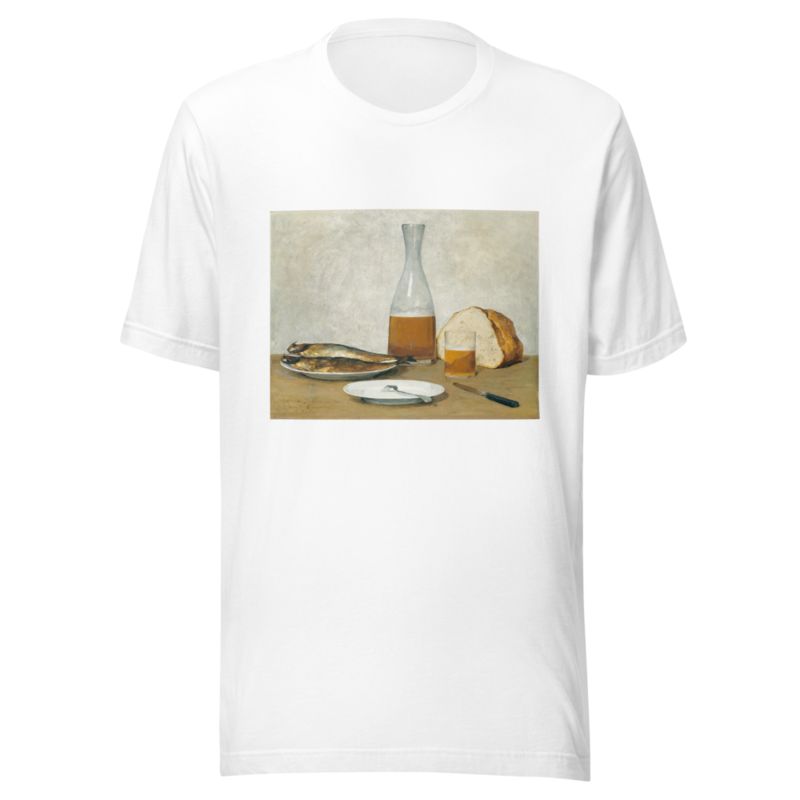
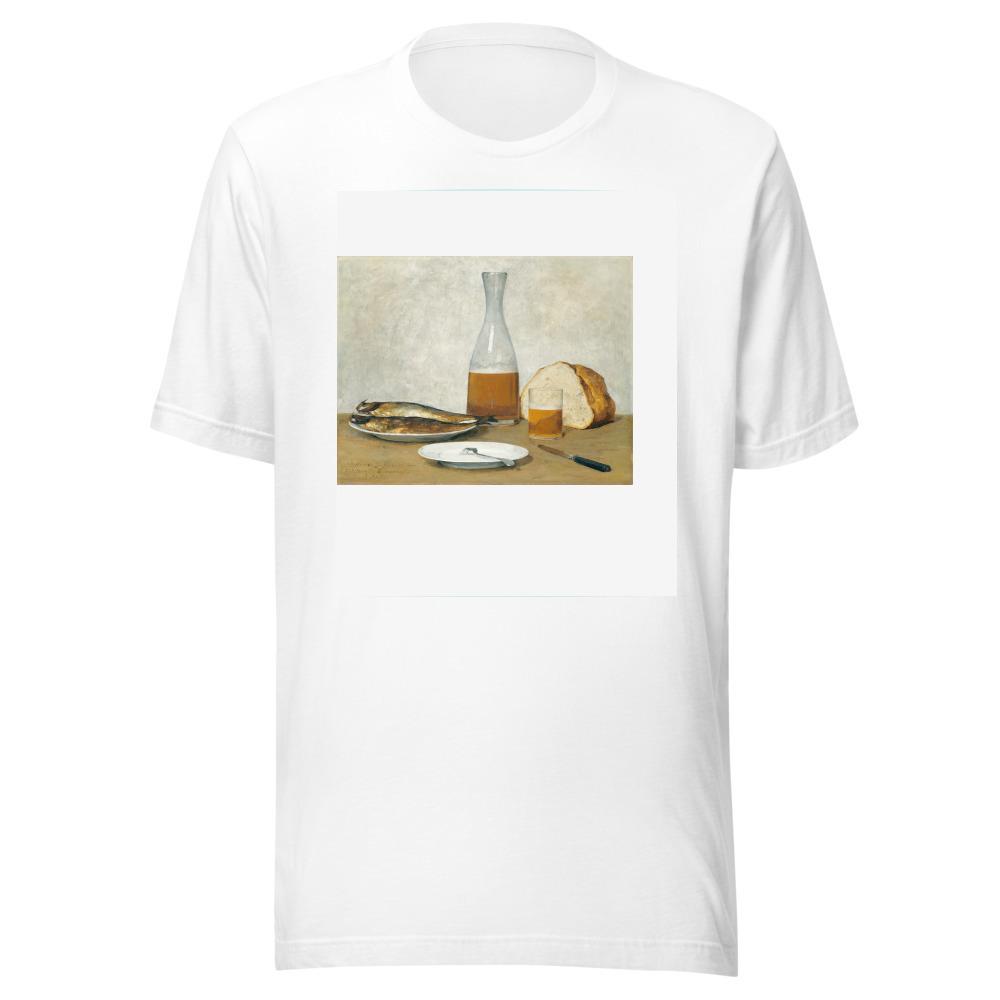
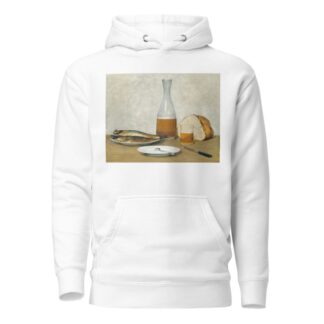
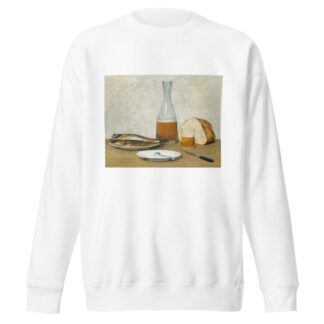
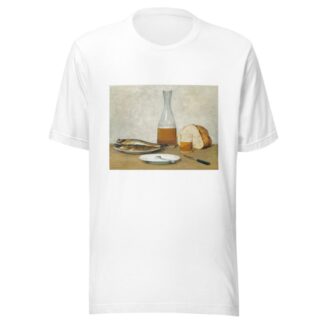
Reviews
There are no reviews yet.